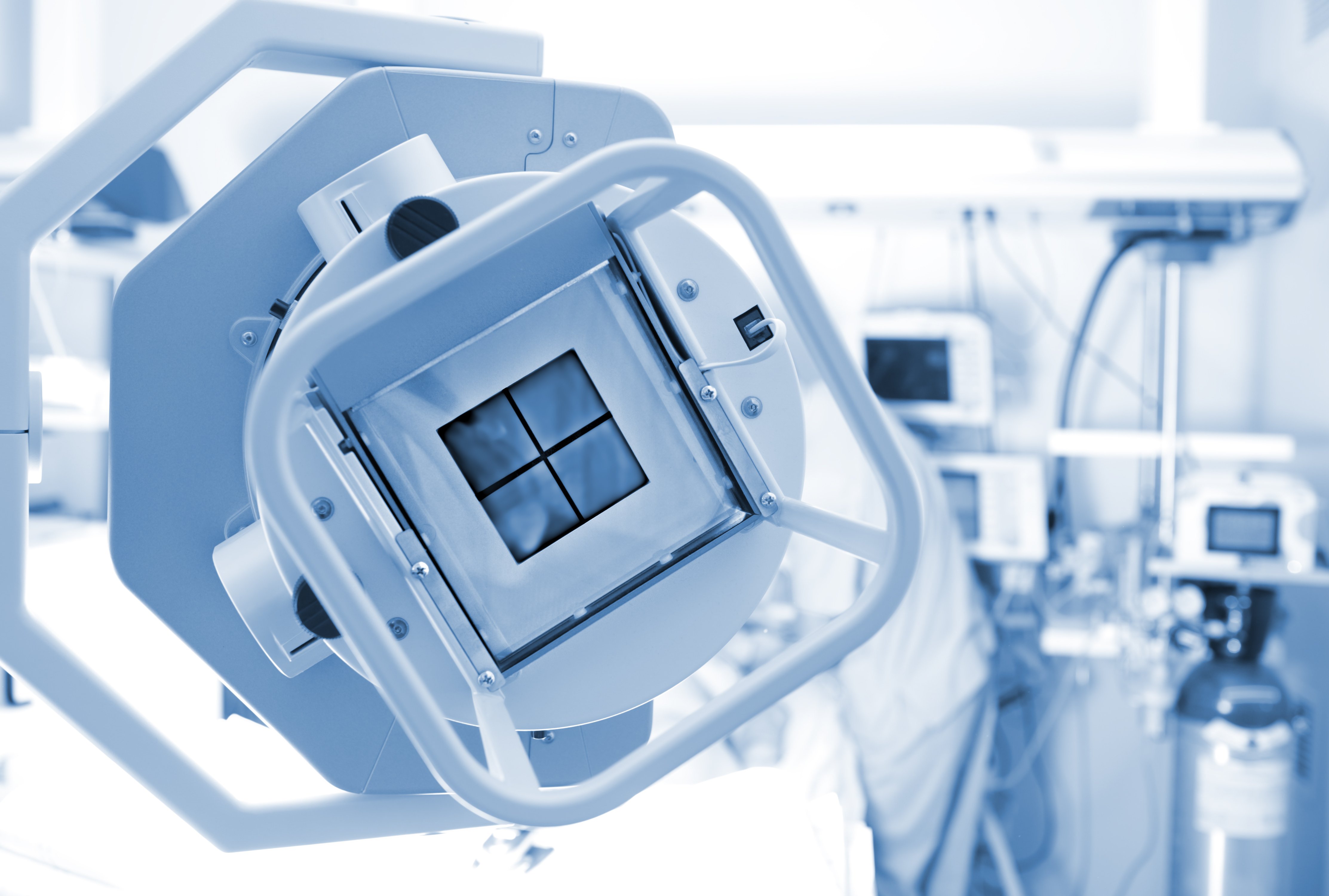Device manufacturers are usually familiar with proper design methods for devices, but often get lost navigating through the standards and regulations necessary for developing wireless medical devices. Manufacturers must not only be aware of current regulations, but also choose the right regulatory compliance agency to test their product, follow the necessary standards, and provide swift market access.
What is a Medical Electrical System?
The equipment must be intended to diagnose, treat, or monitor a patient for the compensation or alleviation of a disease, injury or disability. These devices must also be able to detect energy transfer to or from the patient.
What is a Home Healthcare Environment and Devices?
A home healthcare environment is one that is not a professional healthcare facility where operators with medical training are continually available when patients are present. Examples of home healthcare devices are oxygen concentrators, body-worn nerve and muscle stimulators, beds, sleep apnea monitors, and associate battery chargers prescribed for use at home.
Medical Device Manufacturers Must Consider:
- Regulatory Compliance to 60601 Standards
- 60601 for Medical Devices 60601-1 – Safety Standard for Medical Electrical Equipment
- 60601-1, cl 4.2 – Risk Management Process
- 60601-1-11 – Home Healthcare
- IEC 60601-1-2 (4th) – EMC Testing
Regulatory compliance and abiding by the necessary directives is the quickest way to get products to market. There is a very long list for applicable standards according to 60601 within the smart home medical scope.

Risk Management Process Complying with ISO 14971
ISO 14971 is the standard for the application of risk management to medical devices. It is important for device manufacturers to not only be aware of the process, but also understand each step:
- Risk Combination of the probability of occurrence of harm and the severity of that harm
- Risk Analysis Systematic use of available information to identify hazards and to estimate the risk
- Risk Assessment Overall process comprising a risk analysis and a risk evaluation
- Risk Control Process through which decisions are reached and protective measures are imple3mented for reducing risks to, or maintaining risks within, specified levels
- Risk Evaluation Judgment, on the basis of risk analysis, of whether a risk which is acceptable has been achieved in a given context based on the current values of society
- Risk Management Systematic application of management policies, procedures, and practices to the tasks of analyzing, evaluating and controlling risk
Manufacturers Should Also Consider:
- OSHA Regulations and Compliance
- FDA and FCC Approval
- Equipment Authorizations in the U.S.
- Software
- Cyber Security
- Regulatory Framework and Compliance for the European Market
- Important Transition Periods for U.S., Canada, EU
To learn more about wireless medical devices, regulatory compliance, risk management processes, and more, please contact our experts:



